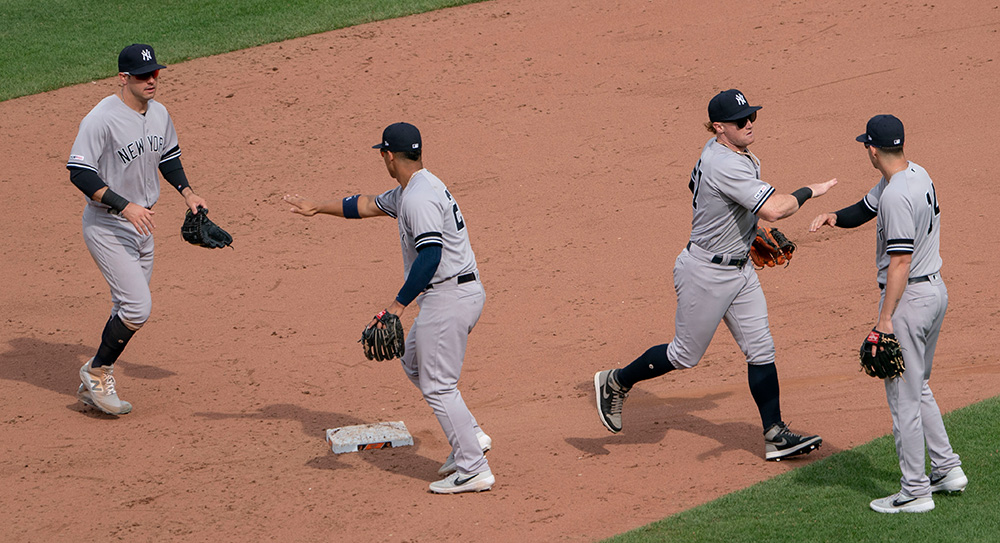MLB’s Current Sign-Stealing Saga Carries Echos of the Game’s PED Problems
A new avenue to pursue a competitive advantage, a gray area as to whether it’s considered cheating, a paper ban that goes unenforced, bad behavior spreading around the league through player movement, executives shocked — shocked! — that such behavior is happening on their teams, a commissioner sounding out of touch as he publicly downplays the severity of the problem, once-celebrated achievements now tainted… if the outlines of baseball’s current sign-stealing scandal sound familiar, it’s because they’ve followed a pattern similar to that of the performance-enhancing drug problem that enveloped the game in the 1990s and early 2000s. Of course, there are key differences between the two, but both found Major League Baseball well behind the curve and struggling both to catch up and regain credibility on the issue.
That thought came to mind on Tuesday, as the sign-stealing saga took a new turn when The Athletic’s Ken Rosenthal and Evan Drellich reported that in 2018, the Red Sox used their video replay room in an attempt to decipher opponents’ sign sequences, a practice that proliferated after instant replay reviews were introduced in 2014, one that was broadly prohibited but generally unenforced until 2018. Three members of the 2018 Red Sox told The Athletic that multiple teammates used the team’s video room, which was just a few steps from the home dugout, to break down opponents’ signs. Unlike the bang-on-a-trash-can system Rosenthal and Drellich reported the Astros having used in 2017, the Red Sox did not directly communicate to batters what pitch was coming, instead relaying that information through the dugout to the baserunner and then to the hitter.
While the efficacy of either system is still murky, both the Astros and Red Sox flouted the rules, and both went on to win the World Series in the year they did so, coincidentally beating the Dodgers. While rumors have circulated regarding other teams’ usage of replay rooms and other means to steal signs electronically, thus far the substantiated allegations have been limited to those two clubs, who share a common denominator: Alex Cora, who as bench coach of the Astros in 2017 is said to have played a key role in their sign-stealing system, and who left following that season to manage the Red Sox, a job he still holds. Read the rest of this entry »

